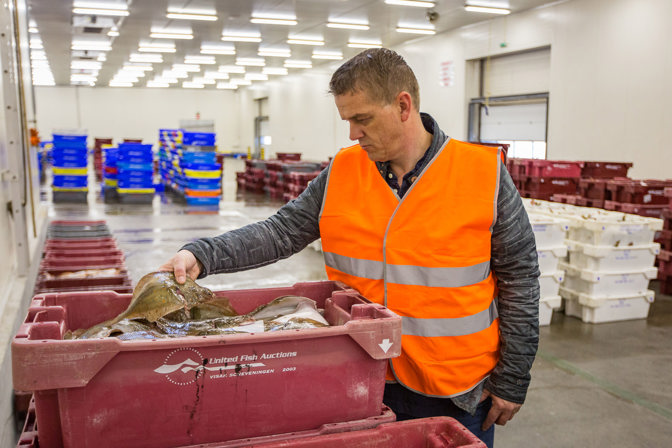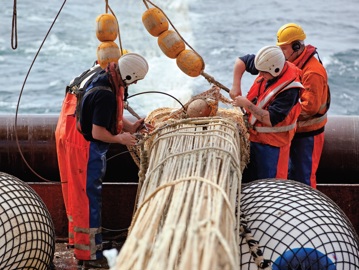
Our fishing techniques
There are different ways to catch fish. Depending on the species and the season, we use different methods.
Specialised fishing techniques
From herring to gurnard: every species of fish requires its own specialised catching method.
With our pelagic trawlers, we fish for species like herring, mackerel, blue whiting and horse mackerel. With our demersal trawlers, we catch sole, plaice, squid, mullet and gurnard. To guarantee the best quality, it's important to use the right fishing method in the right season. That's our strong suit.
Pelagic fishing
Originally, Cornelis Vrolijk focused on catching and sale of herring. Since the mid-1960s, we freeze our herring for consumption. Other pelagic fish species that we catch with our trawlers include mackerel, horse mackerel and blue whiting. Pelagic fish are fish that travel in schools. They swim in large populations in the water column. Our highly experienced skippers use sonar and echo sounder to locate such a school of fish. We estimate the size of the school and the depth at which they swim. That way, the skipper knows if and where to cast the net.
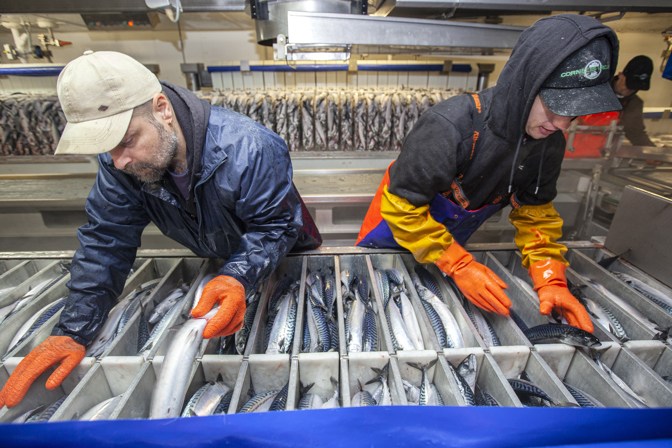
The catching process
Once the net has been cast, the actual fishing process begins. The net is trawled behind the vessel. We use sensors to monitor when the net is nearly full. Then the fish is pumped on board together with seawater. There, it is stored in pre-cooled tanks, sorted on the sorting belt, and frozen in plate freezers on the processing deck. After a few hours, the frozen blocks of fish are packed and stored on board in the freezer hold. All within some 12 hours of being caught. The rapid freezing process on board guarantees the best possible quality of our fish.
Fishing techniques visualised
In June, but also in December, we fish for herring. In large schools the herring swims through the North Sea southwards to the English Channel. Our trawlers catch the herring there and freeze it on board for the African and Asian markets. The crew of the SCH-24 Afrika tell more about this process and show you how they fish on board.
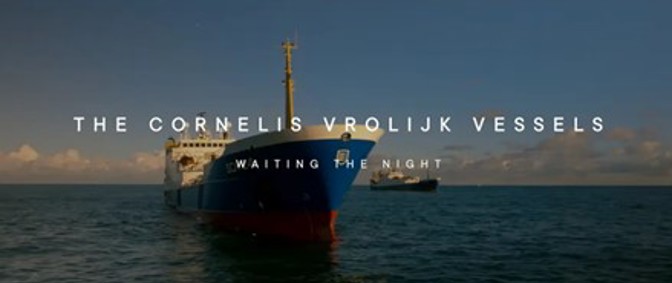
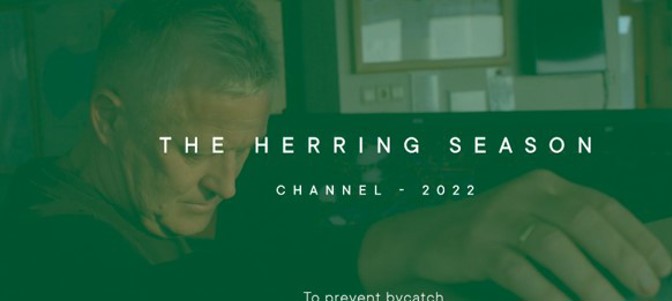
Contribution to food security
The catches of our pelagic trawlers feed many mouths. We fish for human consumption only and supply three million fish meals around the world every day, all year long. We sell around 70% of this amount to less affluent countries in West Africa. To many people there, other animal protein products are far too expensive. We are proud that we can offer so many people, especially in countries where the availability of healthy food cannot be taken for granted, meals with our fish.
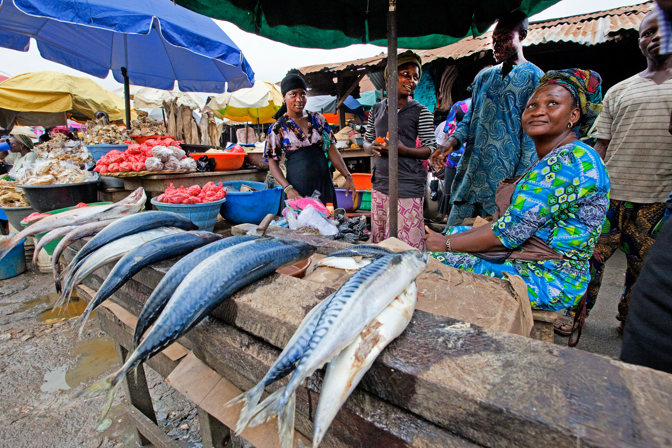
Demersal fishing
Our demersal trawlers fish for species that live on or near the seabed. Well-known demersal fish species are sole, plaice, mullet, gurnard and squid. The fish is caught using trawls or purse seines. The fishing areas for these species are generally rather close. That allows smaller vessels to land fresh fish every few days, after which the fish finds its way to the consumer as quickly as possible through the fish auction.
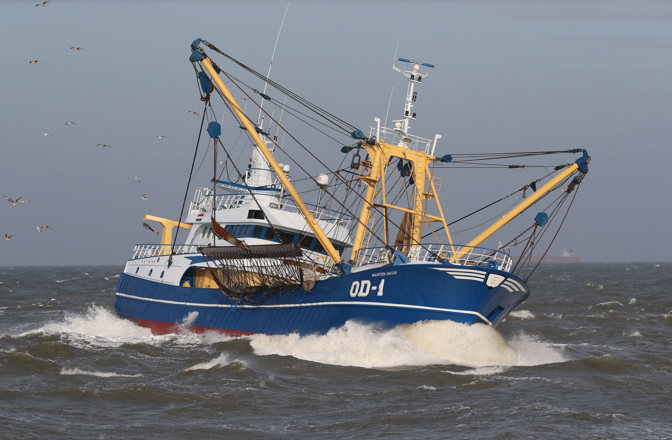
As quickly as possible from sea to consumer
Our demersal vessels take relatively short fishing trips that last only a few days. We store the fish on board on flake ice. At the fish auction, the catches are auctioned by the crate and sold to the highest bidder. After the auction, the shipments are taken to their destinations by lorry. The whole chain is set up to get the fresh fish to the consumer as quickly as possible. It's a short and transparent chain, which guarantees the best quality fish.
Bycatch is good fish too
Our demersal trawlers catch a great variety of species. We distinguish between target species and bycatch species (fish that we catch in the process). The bycatch is valuable and is sold at the fish auction too. Examples include turbot and brill. They, too, find their way to the Dutch market, for example to restaurants. Other bycatch species are sold on the southern European market, because they are less popular in the Netherlands. So, unwanted and unpopular in the Netherlands does not necessarily mean inedible or unsaleable.
